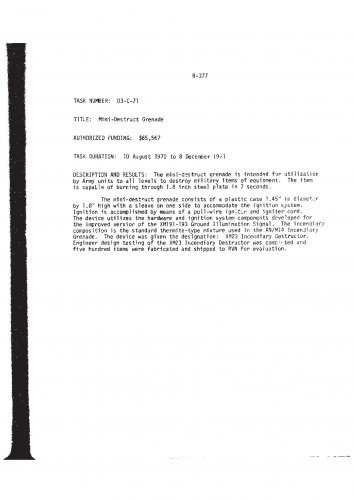- Joined
- 26 January 2011
- Messages
- 2,226
- Reaction score
- 645
That is without a doubt one of the fugliest tanks I know of, Grey Havoc.
Arjen, I'd have thought mud might be a worse problem. As most tank development is in Northern Hemisphere, temperate nations, they tend to take into account their climatic problems first and then think about others and heavy rainfall invariably results in mud being a big factor in their thinking.
I've been thinking about this and about the only location I can think of for intakes which could be easily protected both from the elements and incendiary weapons is the upper hull sides. A series of horizontal louvres which could be closed quickly but which would require any incendiary weapons to effectively be fired upwards into them from close beside the hull for them to penetrate the engine compartment. A difficult proposition in most engagements. Side skirts would be required to keep the dust and mud down as well.
Arjen, I'd have thought mud might be a worse problem. As most tank development is in Northern Hemisphere, temperate nations, they tend to take into account their climatic problems first and then think about others and heavy rainfall invariably results in mud being a big factor in their thinking.
I've been thinking about this and about the only location I can think of for intakes which could be easily protected both from the elements and incendiary weapons is the upper hull sides. A series of horizontal louvres which could be closed quickly but which would require any incendiary weapons to effectively be fired upwards into them from close beside the hull for them to penetrate the engine compartment. A difficult proposition in most engagements. Side skirts would be required to keep the dust and mud down as well.

